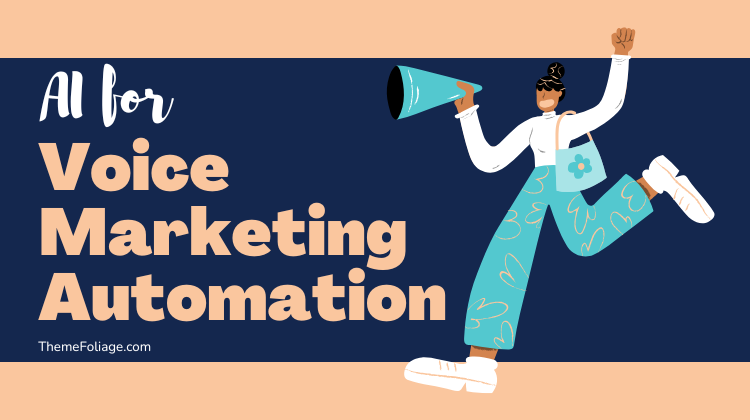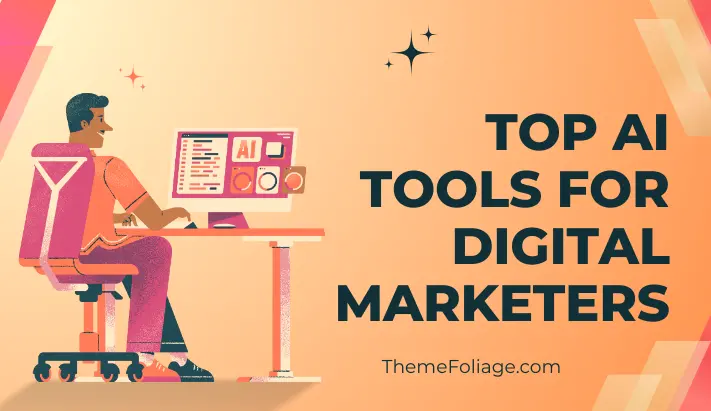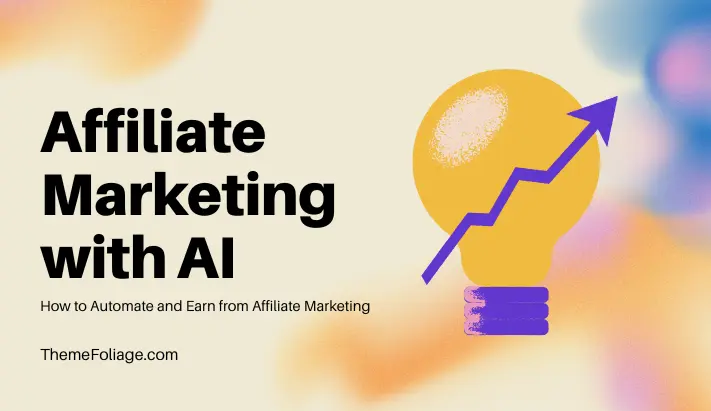Voice interfaces are everywhere in 2025, from smart speakers and in-car systems to mobile assistants and wearables. Consumers increasingly speak rather than type: asking for product recommendations, checking store hours, or even placing orders by voice.
AI-driven voice marketing automation lets brands meet this shift head-on, designing interactive, personalised audio experiences that run 24/7, intelligently route queries, insert dynamic audio ads and gather rich voice analytics without manual intervention.
By automating voice at scale, you create an always-on conversational layer that complements web, app and in-store channels.
Core AI Capabilities for Voice Marketing
- Natural Language Understanding & Intent Detection
Parses free-form speech, commands, questions or conversational prompts, across multiple languages and dialects. - Text-to-Speech & Voice Cloning
Generates human-like audio in your brand’s tone, with dynamic SSML tags to adjust emphasis, pauses and emotion. - Dynamic Audio Ad Insertion
Inserts contextually relevant ads or offers into podcasts, radio streams and smart-speaker content based on listener profile and real-time triggers. - Voice Analytics & Sentiment Analysis
Measures speech patterns, sentiment shifts and completion rates to optimise scripts and detect friction in conversational flows. - Omni-Device Orchestration
Synchronises voice experiences across smart speakers, mobile assistants, in-car systems and IoT devices for seamless handoffs. - Backend Integration & Orchestration
Connects to CRM, ecommerce and CDP systems to personalise recommendations, check inventory or book appointments via voice.
High-Impact Use Cases
- Conversational Brand Experiences
Launch interactive voice apps on Alexa, Google Assistant or Siri Shortcuts that answer product FAQs, guide virtual tours or recommend personalised bundles. - Dynamic Voice Ads in Podcasts & Radio
Automate ad campaigns that adjust creative, call-to-action and targeting mid-episode based on listener segment and location. - Voice-Activated Ordering & Bookings
Let customers place food orders, schedule appointments or reserve hotel rooms through brand-branded voice assistants with real-time confirmation. - Hands-Free Loyalty & Rewards
Enable members to check points, redeem offers or access exclusive content by simply speaking to their device. - Voice Surveys & Feedback
Trigger post-purchase or support surveys via voice prompts, automatically transcribe and analyse sentiment for continuous UX improvement. - In-Car Voice Commerce
Integrate with automotive voice platforms, so drivers can reorder essentials, check loyalty balances or receive location-based coupons safely on the road.
Recommended Tools & Platforms
| Tool | Key Functionality |
|---|---|
| Amazon Polly & Alexa for Business | Advanced TTS, voice skill orchestration, SSML support |
| Google Cloud Text-to-Speech & Dialogflow | Multilingual NLU, dynamic voice responses |
| Microsoft Azure Speech Services | Custom voice cloning, real-time speech translation |
| Voicify | No-code voice app builder, orchestration across devices |
| SoundHound Houndify | Intent detection, voice-first commerce flows |
| AudioBurst | Content indexing, dynamic audio ad insertion |
| Veritone Marvel.ai | Automated transcription, sentiment analysis and insights |
Implementation Roadmap
- Define Objectives & KPIs Choose high-value scenarios: voice ads ROI, voice app engagement or IVR deflection rate.
- Audit Voice Touchpoints Map current voice channels, IVR, smart speakers, in-car, mobile assistants, and identify gaps.
- Design Conversational Scripts Write flexible dialogue flows with slots for dynamic content, personalisation tokens and ad breaks.
- Build & Train NLU Models Label intents, entities and sample utterances. Train on historical chat/voice logs and refine with user testing.
- Develop Voice Apps & Skills Use your chosen platform’s SDK or no-code builder to assemble flows, integrate SSML for TTS variations and connect back-end APIs.
- Automate Analytics & Optimisation Configure voice analytics dashboards, set anomaly alerts for drop-offs or misrecognitions, and schedule weekly script optimisations.
- Pilot & Iterate Launch to a small audience segment or geographic region. A/B test voice ad variants and conversational paths for uplift.
- Scale Across Channels Expand to additional devices, localise content for new languages and integrate with loyalty, CRM and commerce systems globally.
Metrics That Matter
- Voice App Engagement Rate: sessions per unique user and average session duration.
- Intent Recognition Accuracy: percentage of successful command matches.
- Voice Ad Click-Throughs & Conversion Rate: actions taken after ad prompts.
- IVR Deflection Rate: decrease in live-agent calls due to automated voice flows.
- Sentiment Score & Drop-Off Points: transcript-based emotion analysis and dropout triggers.
- Revenue per Voice Interaction: direct orders, bookings or upsells attributed to voice channels.
Common Pitfalls to Avoid
- Poor Voice UX Design: overly complex dialogues frustrate users, keep prompts concise and options limited.
- No Fallback Strategy: always provide a quick handoff to human support or alternative channels when AI fails.
- Ignoring Acoustic Variability: test in noisy environments and with diverse accents to ensure recognition accuracy.
- Data Privacy Oversights: secure voice recordings, manage consent for audio data and comply with local regulations.
- One-Size-Fits-All Scripts: localise phrasing, idioms and units (currency, measurements) for each market.
Final Thoughts
AI for voice marketing automation unlocks a new dimension of hands-free engagement. By combining NLU, dynamic TTS, real-time analytics and omni-device orchestration, brands can deliver personalised voice experiences that complement web, app and in-store journeys.
Start with one targeted use case voice ads or a branded assistant to measure engagement lift, then expand globally and deepen integrations. In 2025, voice isn’t just a channel, it’s a vital extension of every brand’s conversational ecosystem.



